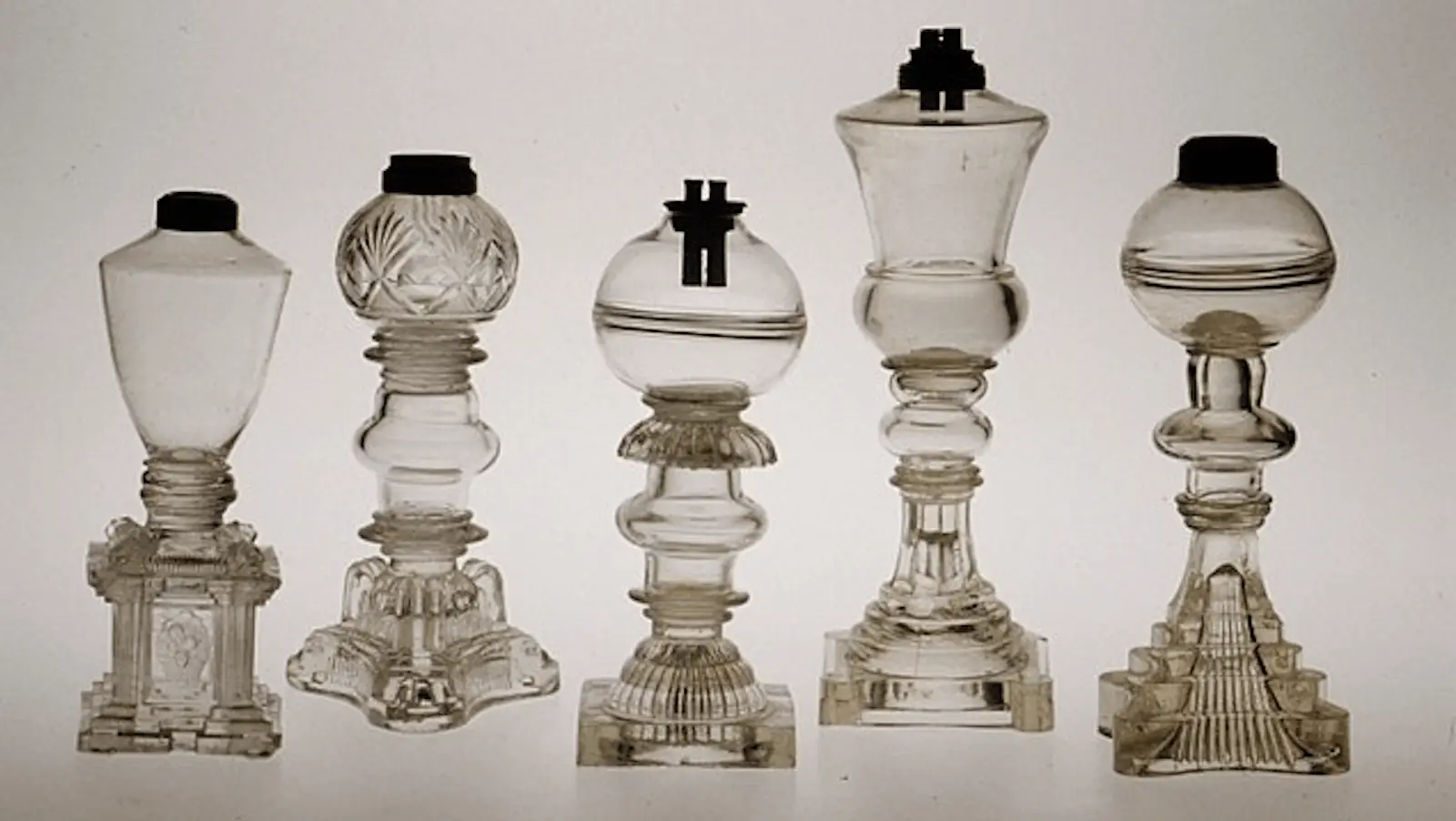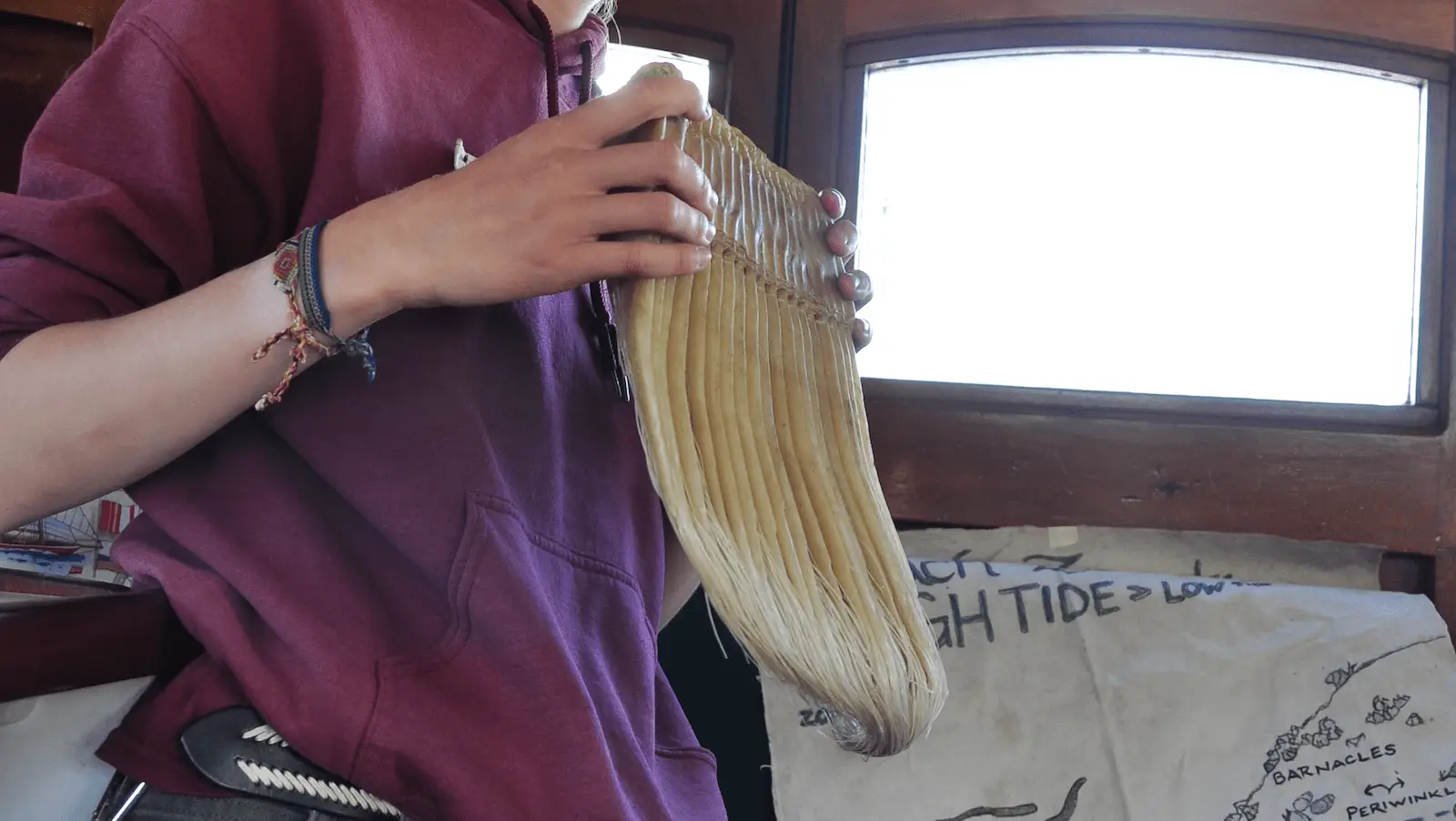Thanks to the Endangered Species Act of 1973 and the international ban on commercial whaling in 1986, most whales no longer have to fear harm from modern-day Captain Ahabs. Still, the Pacific whaling trade of the mid-19th century, which turned towns such as Monterey and Lahaina into bustling hubs, created some curious commodities.
Want to see one of these incredible creatures up close? Check out these top whale watching tours in Monterey here.
Featured Photo: Humpback whales, courtesy of Dr. Louis M. Herman

1) Whale oil, made from rendered blubber, served as fuel for oil lamps. San Francisco’s first street lamps, installed in 1853, relied on both whale oil and kerosene, according to the Museum of the City of San Francisco.
2) The cleanest-burning whale oil, spermaceti, comes from an organ in the head of sperm whales that holds up to 500 or more gallons of the liquid. At room temperature, it turns into a wax, which was used for candles, face creams, hair pomades and machine lubricants.

3) After kerosene and petroleum gutted the market for whale oil, the surplus became a primary ingredient in margarine, invented in 1869. European margarine manufacturers such as Unilever relied on whale oil through World War II — Adolf Hitler even sent a secret pre-war mission to Antarctica to scout potential whaling fields in case of supply-chain disruption.

4) Whalebone, the nickname for baleen (the flexible keratin plates in the mouths of “great whales” such as the humpback, blue and gray whales), served as corset and collar stays, umbrella ribs, buggy whips and toy parts.
5) Weirdest whale product? Ambergris, the protective waxy coating sperm whales produce when they try to digest an irritant like a giant squid’s beak, and then expel in vomit or feces found floating in the ocean or washed up on the beach. Although illegal in the United States, it remains highly valued by some foreign perfume makers — to the tune of nearly $20,000 per pound — for its ability to enhance scents.
Looking for more things to do in the area?
Visit our What to Do in Northern California page!




